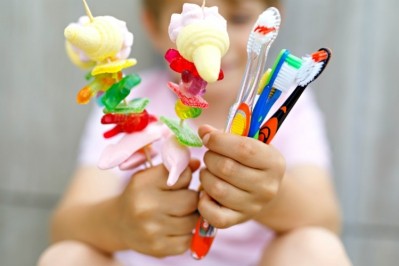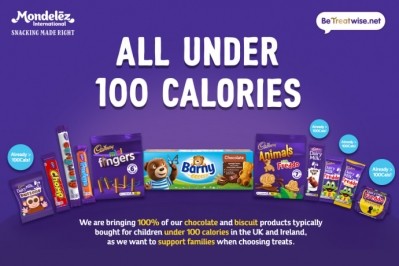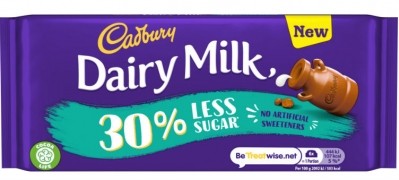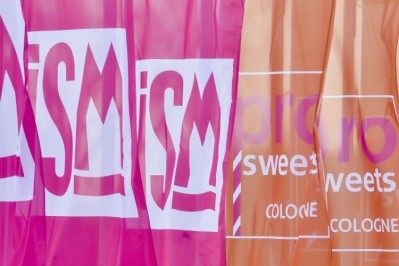Health
‘Excessively high’: Children indulging in too much sugar, Irish researchers found
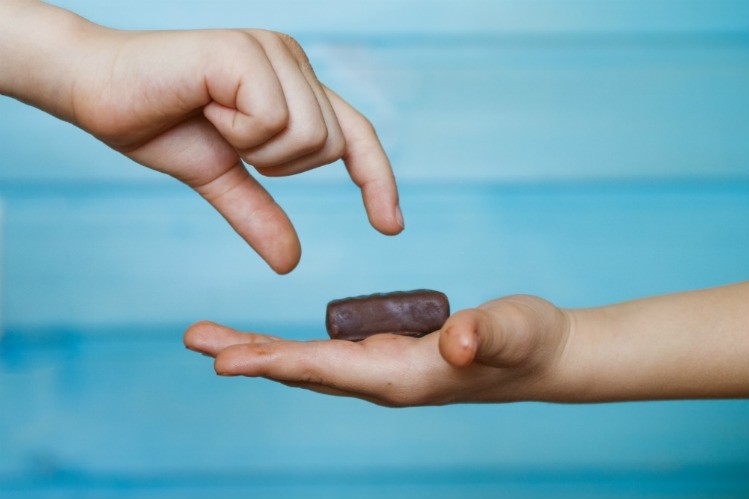
The study, published in the European Journal of Nutrition, involved a second look at two national surveys – a collection of dietary data of 3-year-olds and a short food questionnaire. It aimed to understand just how much sugar kids are consuming in their earliest life stages, namely in an effort to combat dental issues and obesity.
Parents of course played an outsized role in collecting the information, which the researchers admitted ‘leads to under-reporting.’ This discrepancy is especially pronounced with unhealthy foods.
Nonetheless, 66% to 73% of children surveyed failed to meet the World Health Organization’s guidelines.
According to WHO, less than 10% of a child’s energy intake should come from free sugars, or those with little nutritional benefit – including sugars present in honey, syrups and fruit juices. Under 5% would ‘provide additional health benefits.’
Hailing from Dublin Dental University Hospital, Trinity College Dublin, and the UCD Institute of Food and Health, the authors – in addition to ‘welcoming’ public health interventions – argued that sugar’s influence as part of main meals and as snacks is critical to improving both dental and physical health.
“It can be proposed that free sugar intake is excessively high, even at this early age, and reducing the intake of low nutrient, discretionary food and drink seems a reasonably pragmatic approach to achieving an overall reduction in free sugar consumption.”
Regularly snacking on chocolate, candy and other sweets
Nearly 40% of free sugar intake stemmed from cakes, biscuits and confectionery, the researchers found. Comparatively, ready-to-eat cereals accounted for about 8%.
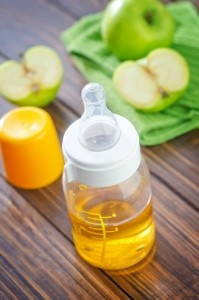
About half of both groups (the diet diary and questionnaire respondents) reported eating chocolate confectionery and non-chocolate confectionery products – up to 5.3g per day. Every child was eating dairy, breads/cereals and fruits/vegetables.
Soft drinks, including cordials, amounted to 4.8g daily, compared to more than 8g each of fruit juice/smoothies and dairy products. Despite the difference in grams, all of these categories amounted to about 2% of total energy intake.
Striking was the realization that chocolates, candies, cakes and biscuits are treated as standalone snacks: children ate them as snacks at twice the rate of other high-sugar foods, such as yogurt, fruit juice and soft drinks. The latter group is ‘nearly always’ consumed alongside a meal.
In other words, a fruit smoothie was a standalone snack only a third of the time.
“While the leading sources of free sugar or added sugar intake tend to be the low nutrient, discretionary foods, our analysis suggested that some nutrient-rich foods, such as sweetened yoghurts (dairy products), are also significant contributors of free sugars at this young age,” the study said.
Easier said than done solution
Tracking sugar intake remains a difficult task, the researchers admitted, due to differing regulations and a lack of information on packaged foods. The US, for example, introduced a modernized nutrition panel that will require products to list added sugars in addition to total sugars. Such a requirement does not yet exist in the European Union.
Terminology can also pose problems to understanding the frequency of free sugar intake, they said, due in part to inconsistent definitions of ‘snacks.’
“The lack of standardisation of commonly used terms plus the known phenomenon of under-reporting of snacks, particularly by subjects who are obese or overweight, will influence the number of eating occasions recorded and reported.
“Individuals also tend to reduce their actual consumption when intake is monitored, although for parent-reported data this may not be as problematic. However, parental recall of food intake is likely to lead to under-reporting and this may be more pronounced with foods considered to be unhealthy.”
Free sugar intake is ‘excessively high,’ the authors concluded, but the only ‘reasonably pragmatic solution’ involves simply cutting back on such low-nutrient, high-sugar foods.
---
Study:
Estimation and consumption pattern of free sugar intake in 3-year-old Irish preschool children
European Journal of Nutrition, 2019
Authors: M. Crowe, M. O’Sullivan, O. Cassetti, et al.
doi.org/10.1007/s00394-019-02056-8
